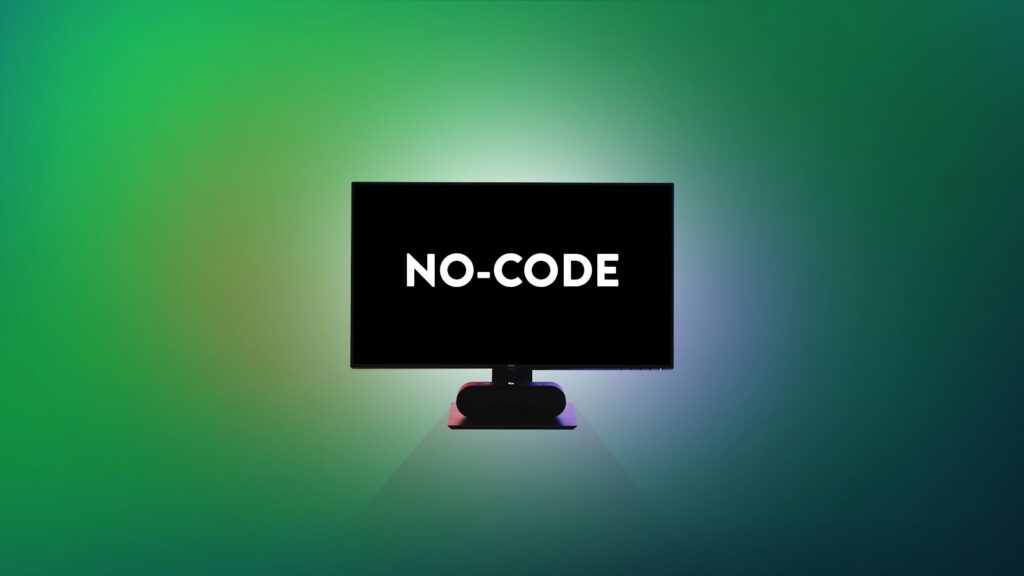Low code and no code are revolutionizing the world of application development. Thanks to them, creating software solutions has never been easier or faster. But this simplicity comes at a price: increased security risks.
So, is it mission impossible to secure your low-code and no-code applications? Not if you follow the sound advice in this article!
Low code and no code: a risky boon
Reduce development times and costs, get your business more involved, gain agility… The advantages of low code and no code are undeniable. But the other side of the coin is less glamorous.
Illegal data processing, obsolete applications remaining active, poorly managed permissions, data leaks… The risks to the security of your data and business processes are very real.
So, should you give up on the wonders promised by these new approaches? Of course not, provided you follow these 5 commandments.
The 5 commandments for securing your low-code and no-code applications
1. Train your users in best practices
Security always starts with good hygiene. Train your teams in regulations, risks and best practices.
2. Audit your applications regularly
Track down flaws and vulnerabilities through frequent security audits. Prevention is better than cure!
3. Clean up your applications
Ruthlessly delete all obsolete applications lying around. They’re an easy way in for hackers!
4. Grant the minimum privileges necessary
Limit access rights to what is strictly necessary. The confidentiality of sensitive data is at stake!
5. Monitor, detect, react
Analyze activity to detect unusual access and immediately correct any weaknesses identified.
So, it’s impossible to secure your low-code and no-code applications?
Of course it is, provided you strictly adhere to these 5 commandments! Thanks to them, you’ll be able to exploit the power of low code and no code in complete safety.
So don’t hesitate, and get started by following these valuable tips. Your applications will be all the more secure, and your data better protected. It’s a tough job, but far from impossible. So take up the challenge – the future is yours!

